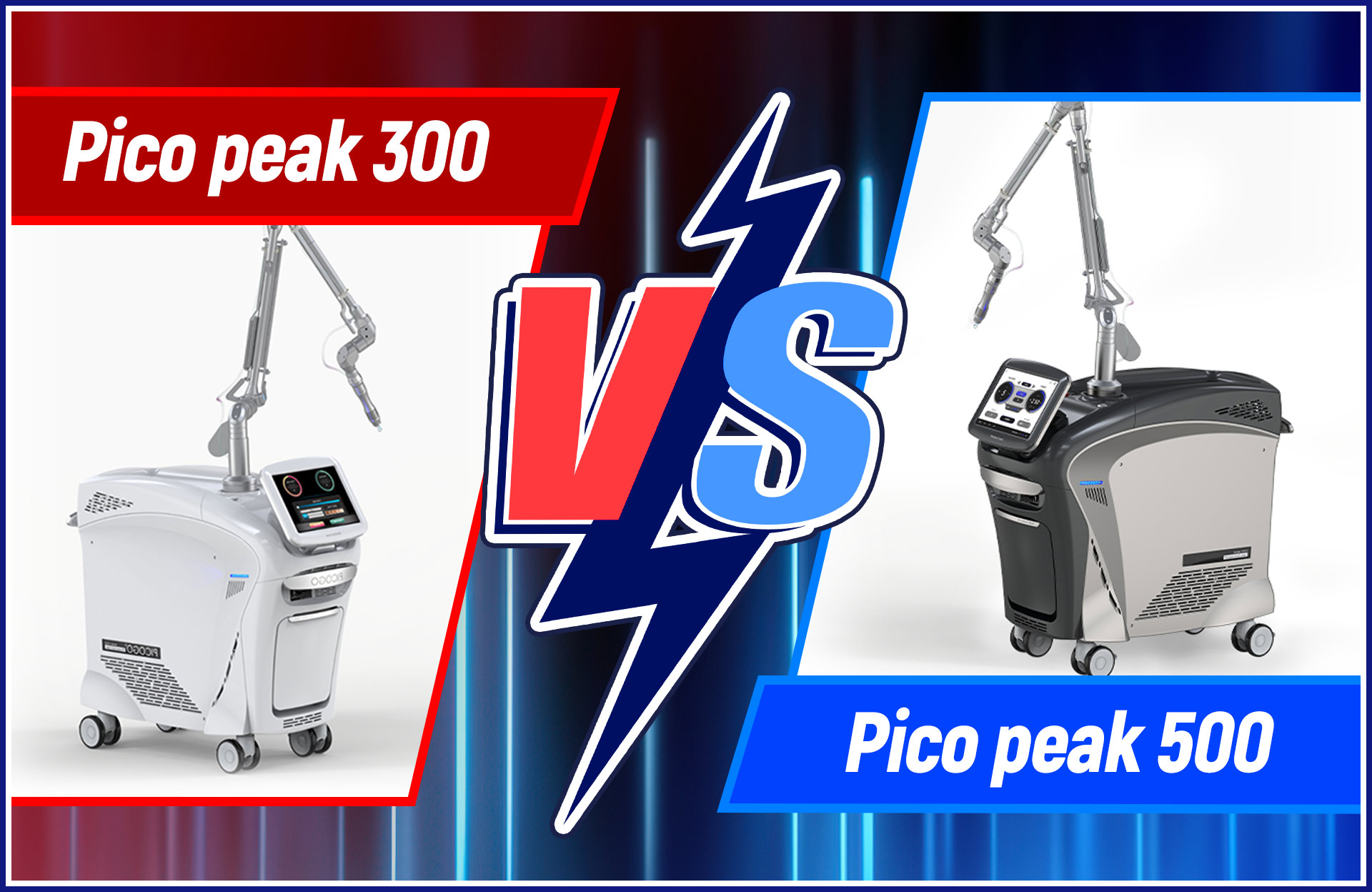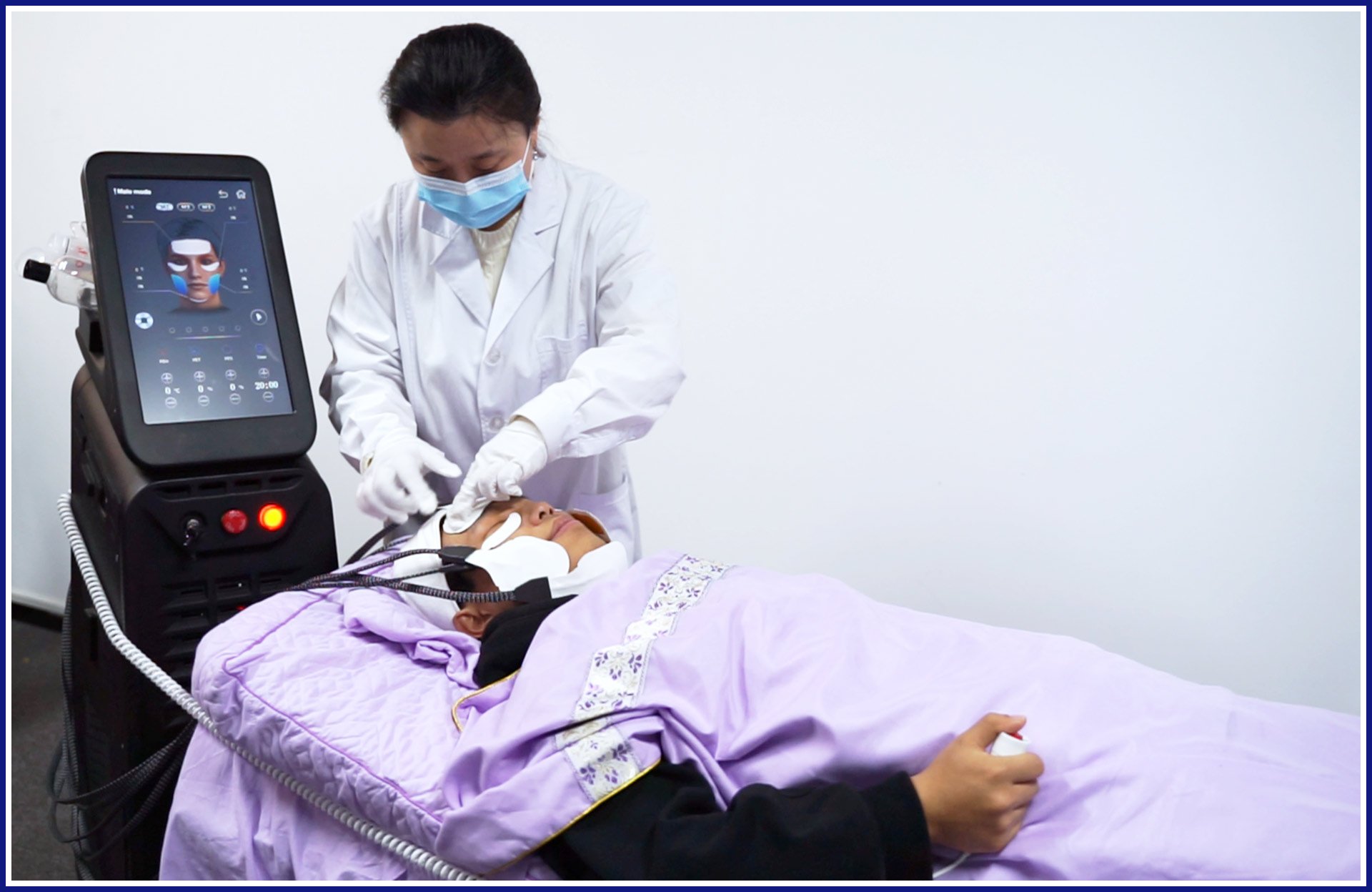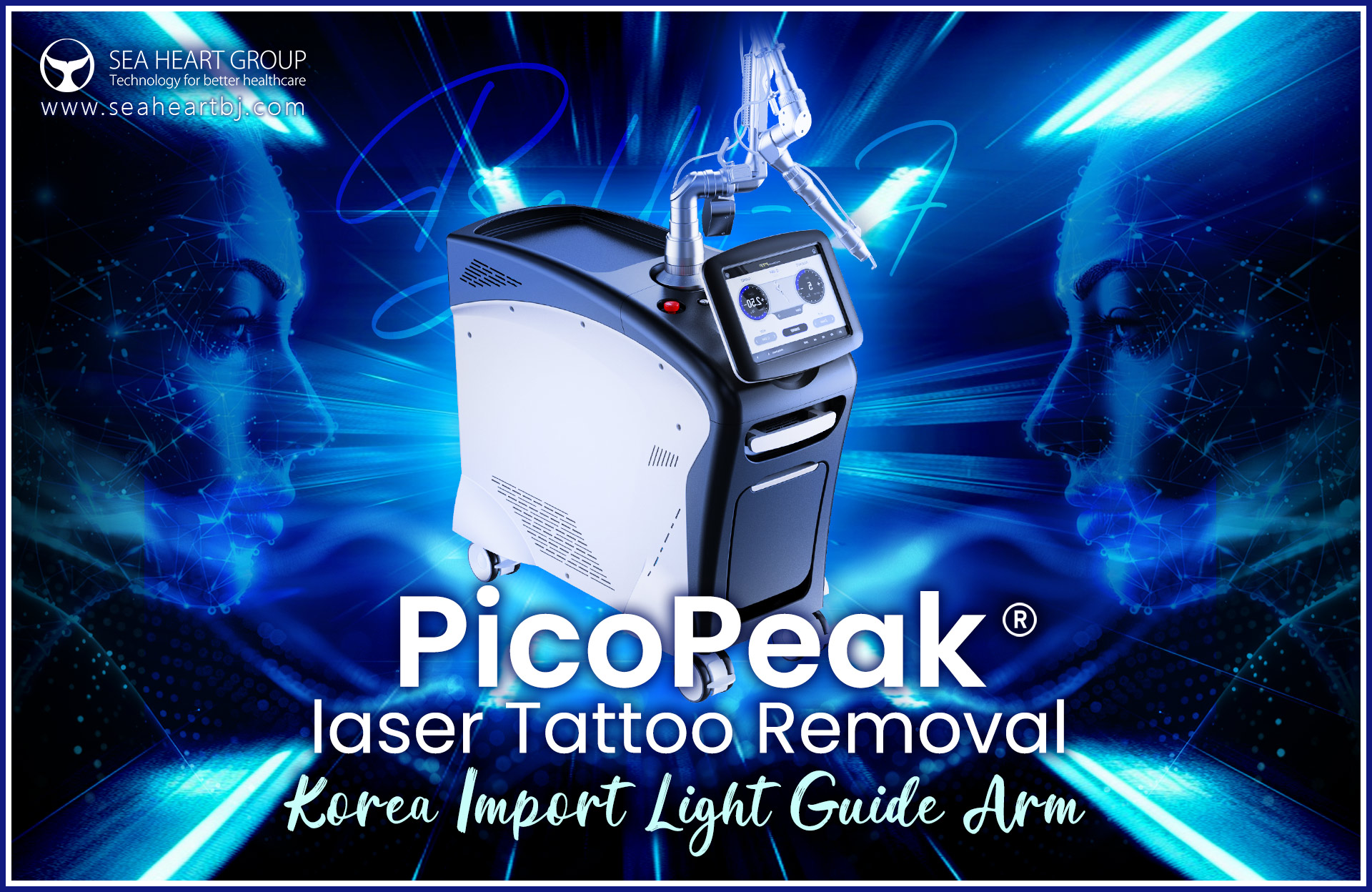
In recent years, ultrasonic cavitation has gained widespread recognition as a non-invasive alternative for fat reduction. As we explore the intricacies of this innovative technique, one question stands out: Can ultrasonic cavitation cause cancer? In this comprehensive guide, we unravel the science behind ultrasonic cavitation, its effectiveness, and potential benefits, and address the crucial question surrounding its safety.
Understanding Ultrasonic Cavitation: A Brief Introduction
Ultrasonic cavitation, often called "cavitation," has become a popular choice for those seeking non-invasive fat reduction. While areas like the abdomen and buttocks pose challenges for traditional diet and exercise, ultrasonic cavitation offers a solution without the risks associated with surgical procedures like liposuction.
The Principles of Ultrasonic Cavitation: How Does It Work?
Ultrasonic cavitation utilizes low-frequency ultrasound waves to break down fat cells, providing a non-invasive alternative to traditional methods. As the ultrasound waves cycle between high and low pressure, micro-bubbles form within adipose tissue, leading to the implosion of these bubbles and the disintegration of nearby fat cells. The body then naturally eliminates the metabolized fat through the lymphatic system.
Ultrasonic Cavitation: How Effective Is It?
For many individuals, ultrasonic cavitation proves effective in non-invasive fat reduction and body contouring. While results vary due to factors like body composition and metabolic rate, the procedure generally yields positive outcomes over multiple sessions. It is essential to understand that ultrasonic cavitation is not a weight loss solution but a method for shaping and sculpting the body by targeting stubborn pockets of fat.
Potential Benefits of Ultrasonic Cavitation: What the Science Says
Ultrasonic cavitation offers several potential benefits, including non-invasive fat reduction, body contouring, improved skin quality, and no downtime. The procedure, when combined with a healthy lifestyle, can enhance overall well-being and provide lasting results.
 Can Ultrasonic Cavitation Cause Cancer? Dissecting The Link
Can Ultrasonic Cavitation Cause Cancer? Dissecting The Link
The concern regarding cancer arises from the process of fat cell destruction and the release of internal contents, including toxins. However, as of the current knowledge state in 2021, no established links between ultrasonic cavitation and cancer have been revealed by research. The scientific consensus leans towards the safety of ultrasonic cavitation, emphasizing that when performed correctly, it is a generally safe procedure.
Scientific Research on Ultrasonic Cavitation and Cancer: An Overview
While scientific research on ultrasonic cavitation is relatively nascent, existing findings indicate positive outcomes. The technique's potential risks and benefits are being explored, with some studies even suggesting the use of high-intensity focused ultrasound for supporting cancer treatments. However, this doesn't imply a cancer risk associated with low-intensity ultrasonic cavitation designed for fat reduction.
What Experts Say: Can Ultrasonic Cavitation Cause Cancer?
The consensus among experts is that ultrasonic cavitation is a safe procedure with no verified evidence of causing cancer. The destruction of fat cells and the release of their contents, although a cause for concern, has no scientifically proven links to cancer. The small volume of fat metabolized after ultrasonic cavitation is unlikely to pose a significantly higher risk.
The Safety of Ultrasonic Cavitation: A Thorough Examination
Ultrasonic cavitation, compared to invasive treatments like liposuction, boasts a superior safety profile. When performed correctly by certified professionals, it is generally safe. Possible side effects are temporary and mild, including slight swelling, redness, or discomfort. Importantly, as of now, no scientific evidence links ultrasonic cavitation to cancer.
Precautionary Measures with Ultrasonic Cavitation Treatments
Taking precautionary measures ensures a safer and optimized ultrasonic cavitation treatment experience. These include seeking professional consultation, discussing medical history, setting realistic expectations, maintaining hydration, embracing a healthy lifestyle, following a consistent treatment schedule, and undergoing post-treatment care.
FAQs
The FAQs section addresses common queries about ultrasonic cavitation, its potential link to illnesses, health conditions where it should be avoided, and alternative methods for fat reduction and body contouring.
Q1: Is there a linkage between ultrasonic cavitation and other illnesses apart from cancer?
A1: As of the knowledge cutoff in September 2021, there is no established link between ultrasonic cavitation and other illnesses. Most reported side effects are short-lived and benign, including temporary skin redness, mild pain, or localized swelling. No long-term illnesses have been conclusively linked to ultrasonic cavitation.
Q2: Are there specific health conditions where ultrasonic cavitation should be avoided?
A2: Yes, ultrasonic cavitation should typically be avoided by individuals with the following health conditions:
Always discuss your health history and current health status with a healthcare provider before undergoing ultrasonic cavitation treatment.

Q3: Are there any alternatives to ultrasonic cavitation for fat reduction and body contouring?
A3: Yes, there are numerous alternatives to ultrasonic cavitation for fat reduction and body contouring. While each method has its own advantages and potential risks, it’s important to consult with a healthcare provider or a trained specialist to find the most suitable option based on your health, lifestyle, and body goals. Here are some alternatives:
Conclusion
In conclusion, the idea that ultrasonic cavitation can cause cancer lacks conclusive scientific evidence. The procedure continues to be a safe and effective option for non-invasive fat reduction and body contouring. Consultation with healthcare providers and certified professionals is essential for personalized guidance and to ensure a positive and informed experience. The journey toward body fat reduction through ultrasonic cavitation appears to be a promising avenue, providing individuals with a safe and confident path to achieving their desired body contours.
 Understanding the Differences Between Picospeak 300 and 500 in One Article
Understanding the Differences Between Picospeak 300 and 500 in One Article
 Russian Agents Experience Warm Welcome and Cutting-Edge Beauty Instrument Exports at SEA HEART GROUP
Russian Agents Experience Warm Welcome and Cutting-Edge Beauty Instrument Exports at SEA HEART GROUP
 FaceSculpt EMS Machine: Skin Tightening & Wrinkle Reduction
FaceSculpt EMS Machine: Skin Tightening & Wrinkle Reduction
 Erase the Past: The Ultimate Guide to Modern Tattoo Removal Machines
Erase the Past: The Ultimate Guide to Modern Tattoo Removal Machines